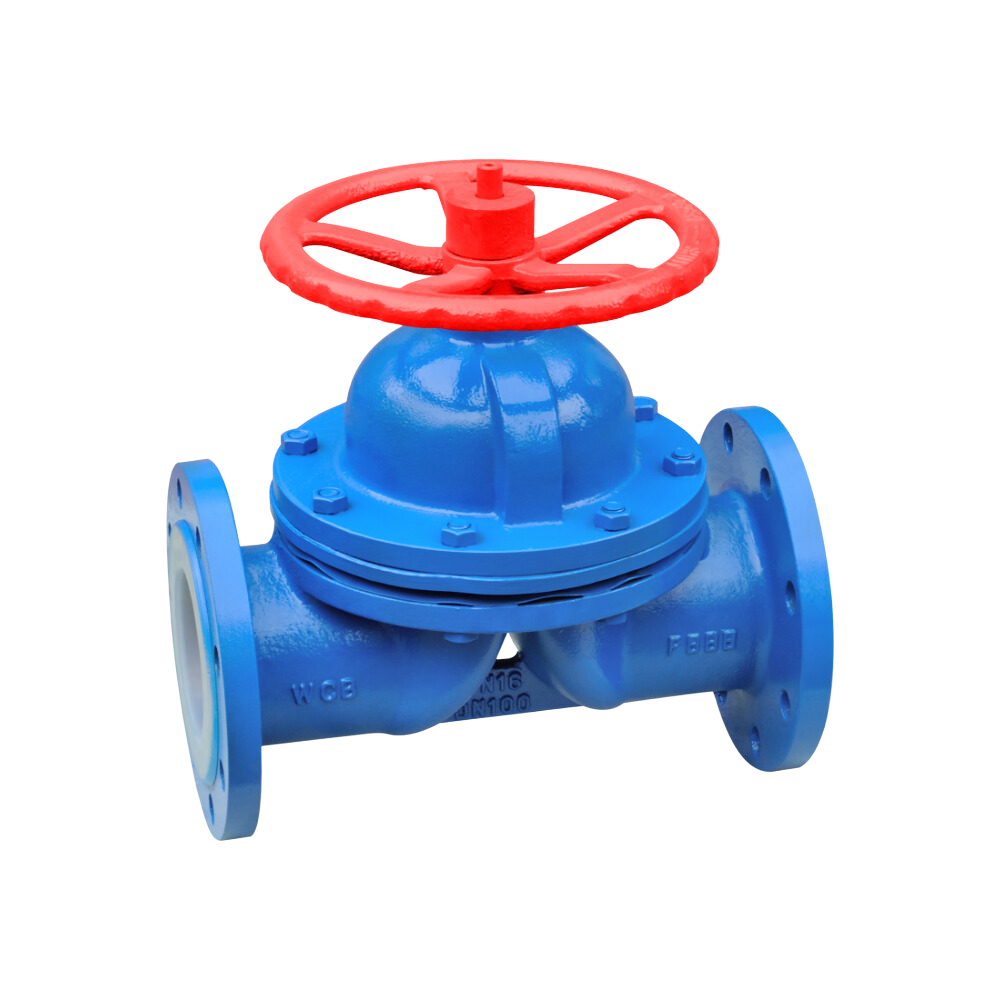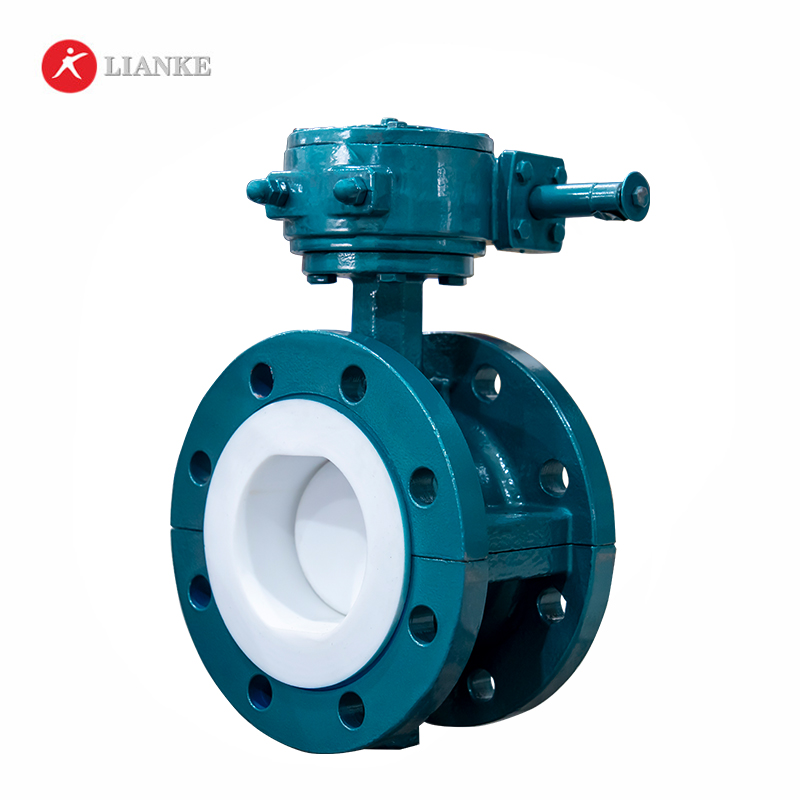

Plastics and elastomers are essential materials in industries ranging from automotive manufacturing to medical devices. While both are polymers (long chains of repeating molecules), their properties and applications differ significantly. This guide breaks down their technical distinctions, backed by industry research and data, to help you make informed material choices.
Plastics are synthetic polymers made from monomers like ethylene or propylene. They are categorized into two types:
Elastomers, often called rubbers, are polymers with elastic properties. Their molecular chains are cross-linked, enabling them to stretch over 100% and return to their original shape. Common examples include silicone and EPDM (Osborne Industries).
| Property | Plastics | Elastomers |
|---|---|---|
| Elasticity | Low (≤ 10% stretch) | High (100–700% stretch) |
| Heat Resistance | Varies: PE (80°C), PEEK (250°C) | Moderate: Silicone (230°C), EPDM (150°C) |
| Recyclability | Thermoplastics: Yes; Thermosets: No | Limited (cross-linked structure) |
Elastomers absorb mechanical stress through their coiled molecular structure. For instance, silicone O-rings stretch to seal gaps under pressure but return to shape when the load is removed (PMC Study).
Plastics like polycarbonate maintain shape under static loads but can crack under sudden impact. PVC pipes handle steady water pressure but may fail if bent repeatedly.
Plastics in Industry
Elastomers in Action
Plastics
Elastomers
Plastics provide structural integrity, while elastomers deliver flexibility. Understanding their differences ensures optimal material selection for industrial durability and performance.

What is A Diaphragm Valve? A diaphragm valve is a type of valve that uses a flexible diaphragm to control the flow of fluids. This valve is part of the linear motion family, which means the moving parts go in a straight line—not in circles like ball or butterfly valves. The elastomeric diaphragm in diaphragm […]

Your valve is leaking because something has gone wrong with its sealing system. Maybe the seals are worn out after years of service. Perhaps debris is stuck between critical surfaces. Or it could be that improper installation created misalignment from the beginning. These common problems prevent the valve from achieving perfect closure when you need […]

Valve Flow Coefficient (Cv) is a measure of a valve’s capacity to allow liquid or gas to flow through it. It’s technically defined as “the volume of water at 60°F (in US gallons) that will flow through a valve per minute with a pressure drop of 1 psi across the valve.” You calculate Cv by […]

When selecting the right valve for industrial applications, understanding pressure and temperature ratings is crucial. Many professionals in the field struggle with terms like Class, Rating, and PN, which can lead to costly mistakes if misunderstood. This guide will help you understand these concepts so you can select valves with confidence. What Do Pressure Units […]



